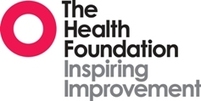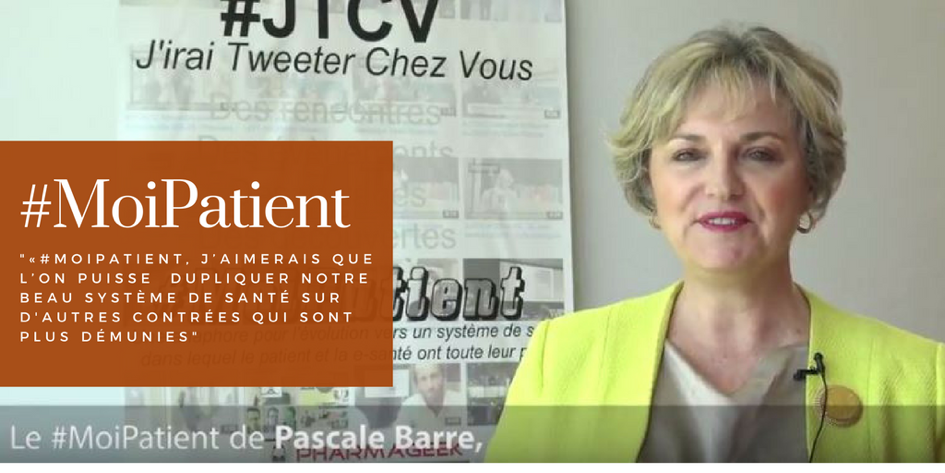A physician’s guide to prescribing mobile health apps
25/10/2014Parcours de soins : 6 grandes organisations scellent un accord pour améliorer la sécurité des patients
25/10/2014Patients teaching patient safety: the challenge of turning negative patient experiences into positive learning opportunities – BMJ Quality and Safety
Conclusion
It seems evident that before educators broadly engage patients and families in patient safety training, they will need to: (1) know more about the link between the affective impact of patient narratives and long-term learner outcomes; and (2) develop strategies to mitigate potential negative emotional and cognitive impacts on the learner and the patient or family. One suggestion would be to borrow from more well-established educational approaches, such as the use of high-fidelity simulation and SPs, to inform the patient training and faculty development requirements needed to maximise learning outcomes. Understanding exactly how these elements factor into the planning and delivery of patient safety education that involves patient narratives needs further attention, and will rely on a broad range of study methodologies that extend beyond traditional experimental designs. Future research must also focus on better understanding and mitigating the potential harms that patients experience as trainers. Only then can we be confident that we are optimising the use of patient narratives to deliver the best possible patient safety training to our learners.
Source: qualitysafety.bmj.com




